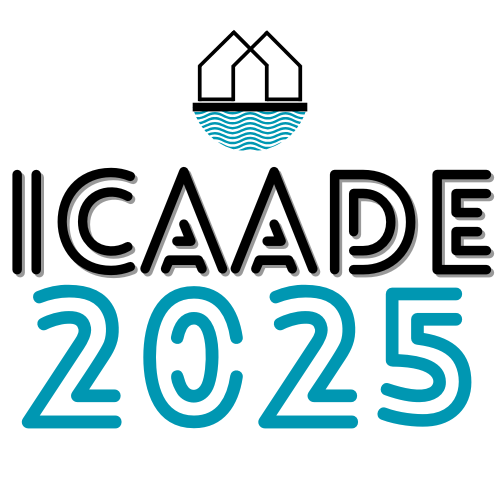CONFERENCE
Keynote Speakers Program Conference Brochure Registration Fieldtrip Impressions
For Authors
Important Dates Topics Call for Abstracts
LOCAL INFORMATION
Sponsors
COMMITTEES
Executive Committee Local Organizing Committee Scientific Review Committee
CONTACT US
PREVIOUS CONFERENCES
Abstract Topics anD Subtopics
Climatic and social global change
Effects on seacoasts and flood hazards in river basins.
Adaptation in the different countries by amphibious and floating architecture under consideration of the specific cultural and geological conditions
Flood management strategies
Amphibious and floating structures for flood protection
Impacts of climate change and sea level rise
Strategies for adaptation
Impacts on dislocation and migration
Amphibious and Floating Architecture Design and Engineering
Exploring design concepts
Materials and construction methods
Structural engineering challenges
Pontoon design and construction
Technical and living spaces
Sustainability and Resilience
Energy-efficient systems
Sustainable materials
Waste management
Room climate, building physics and energy consumption
Energy consumption and sustainability
Historical and Cultural Context
History of floating and amphibious architecture
Cultural context
Traditional floating structures
Maritime communities
Floating markets
Future of Urbanism
Floating cities
Amphibious and floating infrastructure
Flood protection and urban design
Redesigning delta
VLFS – Very Large Floating Structures
Regulation and Policy
Structural regulations and standards
Legal framework
Policy Governance
Economic and Social Implications
Property ownership
Community development
Economic feasibility
Social impacts
Cost-benefit analysis
Entrepreneurial, financial, and logistical dimensions
Building Performance, Safety and Resilience of Floating Structures
Building performance and resilience
Assessment of risk and vulnerability
Operations and maintenance strategies
Maintenance practices
Protection from water waves, ice and water chemistry
Safety regarding fire hazards and accidents
Function of escape routes regarding surefootedness
Environmental protection – thermal and material interactions between structure and water bodies.
Social and environmental behavior of users of amphibious and permanently floating architecture (from small children to elderly).
Hydrodynamic Stability and Performance
Stability and safety
Performance in different water environments
Rough seas, tidal conditions and extreme weather events
Permanent mobility between existing infrastructure and amphibious or floating architecture independent of weather and time of day.
Impacts of wind
Innovative Materials and Technologies
Lightweight composites
Nanotechnologies
Smart materials
Buoyancy materials
Systems of assembly
Urban and Coastal Planning
Role of floating andamphibious architecture
Urban and coastal planning strategies
Integration with other infrastructure
Environmental Considerations
Environmental impacts
Local ecosystems
Water quality
Wildlife habitats
Interdisciplinary Collaboration
Collaboration between different disciplines
Integration of different perspectives
Transdisciplinary approaches
Architecture and Water - Historical and Contemporary Interpretations
Overview of the history and contemporary interpretations of architecture and water
Implications for the future of amphibious and floating architecture design and engineering
Leisure and Tourism
Tourist and leisure activities in context with amphibious and floating architecture
Social and environmental behavior of users of amphibious and permanently floating architecture





